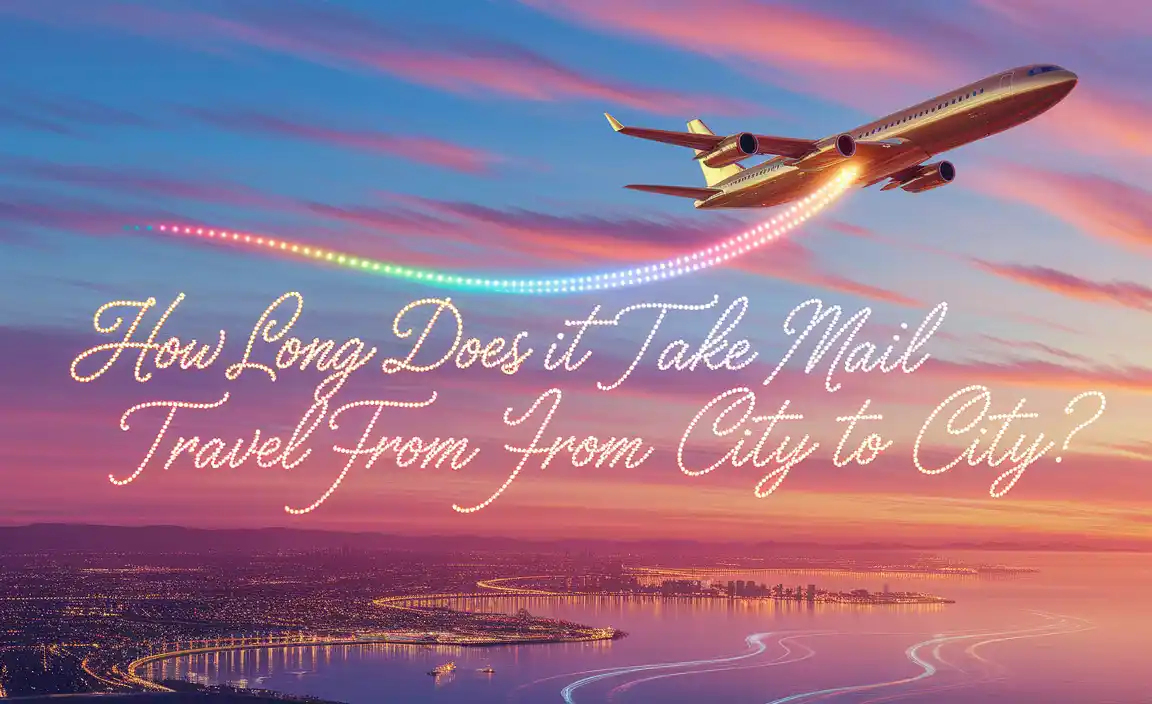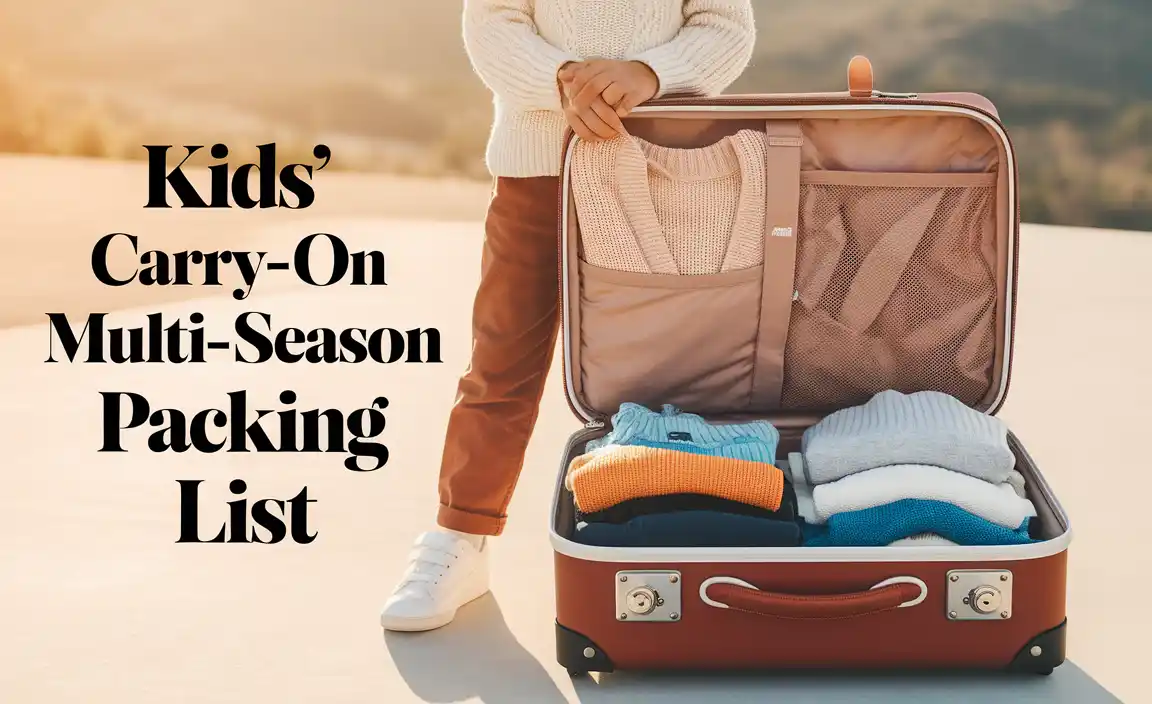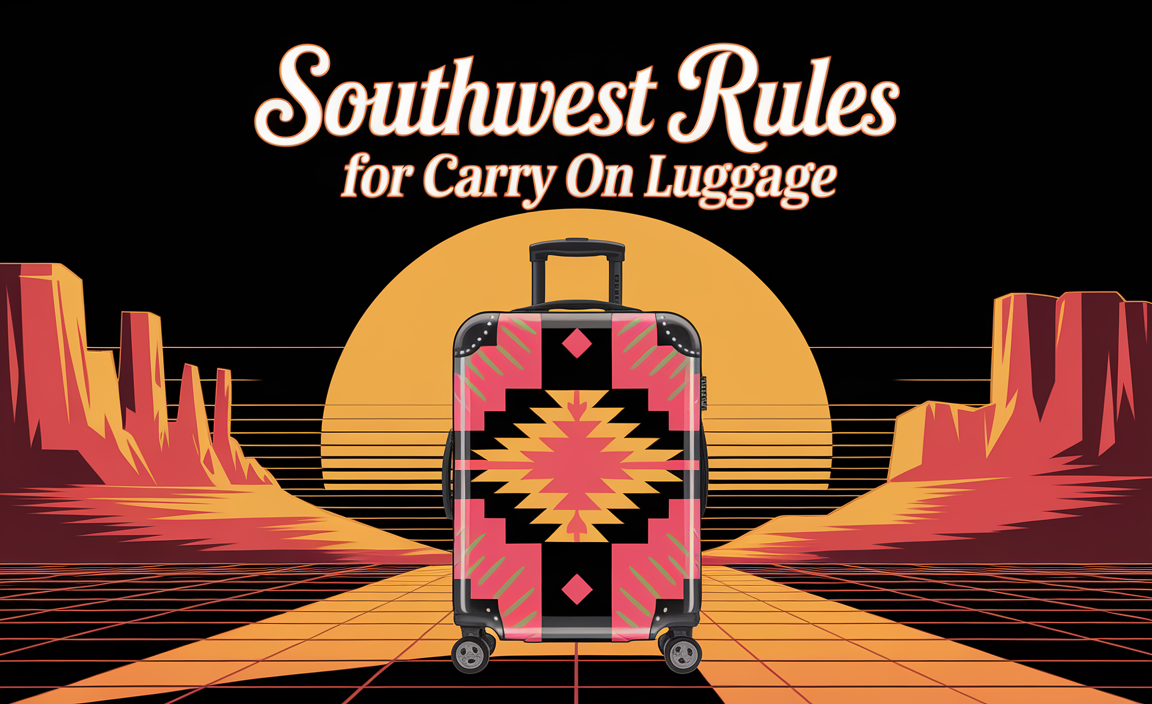Stay safe in Banff by being aware of common scams like fake ticket sellers, inflated tour prices, and unexpected parking fines. Always book directly with official operators, verify prices, and understand parking regulations to enjoy your trip without worry.
Banff National Park is a gem, a truly breathtaking place that draws millions each year. Planning your trip should be filled with excitement for stunning mountain views and crisp, alpine air. However, like any popular destination, a few less-than-ideal characters try to take advantage of unsuspecting visitors. Don’t let the thought of scams spoil your adventure! We’re here to equip you with the knowledge to spot and avoid common pitfalls, ensuring your Banff experience is as smooth and enjoyable as a leisurely stroll by Lake Louise.
This guide will walk you through the most frequent scams and costly mistakes travelers make in Banff. We’ll arm you with simple, clear tips so you can focus on the majestic scenery and incredible wildlife, not on worrying about being fleeced. Let’s dive in and make your Banff journey a safe and memorable one!
Navigating Banff: Common Scams & How to Sidestep Them
Banff is a world-class destination, and its popularity means it attracts a diverse range of people, including those looking to make a quick buck unfairly. While most visitors are honest and helpful, a little awareness can protect your wallet and your peace of mind. The good news is that most scams are easily avoidable with a bit of foresight and a healthy dose of common sense. Here are some of the most prevalent issues you might encounter and how to steer clear of them.
1. The “Too Good to Be True” Ticket & Tour Offer
Oh, the lure of a bargain! You’re walking around Banff town, and someone approaches you with an offer for a “last-minute deal” on a popular Banff Gondola ticket, a hot springs pass, or a guided lake tour. They might have official-looking brochures, claim they have extras, or work for a company you haven’t heard of. This is a classic setup.
Why it’s a Scam:
- Fake Tickets: They could be selling counterfeit tickets that won’t scan at the attraction.
- Overpriced Packages: They might be reselling legitimate tickets at vastly inflated prices, making you think you’re getting a deal when you’re actually paying more than face value.
- Non-Existent Tours: Some might take your money for a tour that never materializes, leaving you stranded and out of pocket.
- Data Harvesting: Occasionally, these interactions are less about immediate cash and more about getting your credit card details for future fraudulent use.
How to Stay Safe:
- Book Directly: The golden rule is to always book tours, attraction tickets, and passes directly through the official websites of the operators or through reputable, established tour companies. For example, the Banff Gondola is operated by Pursuit Collection. Always visit their official site to secure your tickets.
- Beware of Street Vendors: Be highly suspicious of anyone approaching you on the street with unsolicited offers for tickets or tours, especially if their prices seem significantly lower or if they pressure you to buy immediately.
- Verify Credentials: If you’re considering a tour, check online reviews, look for physical office locations, and confirm they are licensed and insured. Parks Canada also lists authorized activity providers.
- Use Reputable Apps and Websites: If booking online, stick to well-known travel agencies or booking platforms that have robust customer protection policies.
2. Inflated Rental Car Prices and Hidden Fees
Renting a car is a fantastic way to explore Banff and its surroundings at your own pace. However, rogue rental companies, especially those operating near airports or in tourist hubs, can sometimes prey on travelers by offering seemingly competitive rates that balloon with hidden fees.
Common Tactics:
- Deceptive Advertising: The advertised low daily rate doesn’t include mandatory insurance, exorbitant cleaning fees, or inflated “airport taxes.”
- Damage Scams: The vehicle is presented with pre-existing scratches or dents that are “missed” during your inspection. Upon return, you’re charged for damages you didn’t cause.
- Fuel Charges: They may charge a premium for refueling if you don’t return the car with a full tank, often at a much higher per-gallon rate than local gas stations.
- Add-ons Galore: Pushing unnecessary insurance add-ons, GPS devices you don’t need, or satellite radio subscriptions.
How to Protect Yourself:
- Compare Major Brands: Stick to well-established, reputable rental car companies with clear pricing structures. Compare rates across a few major players before booking.
- Read the Fine Print: Before signing anything, meticulously read the rental agreement. Pay close attention to clauses about insurance, fuel policy, mileage limits, and additional driver fees.
- Inspect Thoroughly: Before driving off the lot, do a thorough walk-around of the vehicle. Take photos or videos of any existing damage (scratches, dents, tire wear) with your phone. Document this on the rental agreement if possible.
- Understand the Fuel Policy: Clarify whether you need to return the car with a full tank, the same level it started with, or if they have alternative options. Know the price of gas from local stations so you can gauge if their refueling rate is fair.
- Ask About All Fees: Don’t be afraid to ask for a breakdown of all potential fees and taxes before you commit.
3. The “Free” Shuttle with a Catch
Many hotels and some attractions offer “free” shuttle services. While most are legitimate and convenient, be wary of those that seem overly pushy or require you to listen to a lengthy sales pitch before or after your ride.
Potential Issues:
- Timeshare or Property Sales Pitches: The “free” shuttle might be a tactic to lure you into a lengthy, high-pressure timeshare presentation or a sales pitch for a vacation club. These can easily eat up half your day and leave you feeling manipulated.
- Hidden Costs for “Free” Rides: Sometimes, the shuttle is only “free” to a specific location, and then you have to pay for the onward journey or a return trip that wasn’t clearly communicated.
- Scams Posing as Official Shuttles: Unofficial operators might pose as hotel or attraction shuttles to pick up unsuspecting tourists, then charge them exorbitant fees for what they believe is a complimentary service.
How to Avoid Problems:
- Confirm with Your Hotel/Attraction: If a shuttle is advertised, call your hotel or the attraction directly to confirm the service details, departure times, and any associated costs.
- Be Wary of Unsolicited Offers: If someone approaches you offering a “free ride” to an attraction that is easily accessible by public transport or on foot, be cautious.
- Request Information in Writing: If a company pitches a ride, ask for a clear, written itinerary and pricing before agreeing to anything.
4. Bogus Parking Tickets and Fines
Parking can be a challenge in popular areas of Banff, especially during peak season. While official Parks Canada wardens issue legitimate tickets, there have been instances of fake parking tickets being placed on vehicles.
The Scam:
- Fake Officers/Enforcement: Someone might approach your car claiming you have an unpaid parking ticket and insist you pay them cash on the spot, often with a story about it being the only way to avoid towing.
- Phony Ticket Slips: Fake tickets are left on windshields that look official but direct you to pay a non-existent online portal or a specific account that goes to the scammer.
- Overstated Fines: Even if legitimate, scammer might tell you the fine is much higher than it actually is to get more money from you.
How to Stay Vigilant:
- Examine the Ticket Carefully: Real parking tickets will have official agency names, contact information, license plate numbers, and specific details about the violation. They will also often direct you to a legitimate government payment website or office.
- Verify with Authorities: If you receive a suspicious ticket or are approached by someone demanding payment, do not pay them immediately. Take a photo of the ticket and your license plate. Park your car safely and go to the Banff Information Centre or the Parks Canada administration office to verify its legitimacy. You can also contact the local RCMP (Royal Canadian Mounted Police) if you feel unsafe or suspect a crime.
- Understand Parking Rules: Familiarize yourself with Banff’s parking regulations. Understand where parking is permitted, time limits, and payment methods before you park. The Parks Canada website is an excellent resource for this information, detailing regulations for parking lots and roadside stops. For instance, on the Lake Louise shoreline, specific parking regulations are enforced to manage traffic flow and visitor access.
- Never Pay Cash on the Spot: Legitimate parking authorities rarely demand immediate cash payments on the street.
5. “Authentic” Souvenir Scams
Banff is full of wonderful souvenir shops, but a few might try to pass off mass-produced items as locally handcrafted or “authentic” Canadian goods at inflated prices.
What to Watch For:
- Misrepresented Origin: Items made overseas are sold as locally crafted Indigenous art or handcrafted Canadian goods.
- “Limited Edition” Hype: Mass-produced items are marketed as rare collector’s items to justify higher prices.
- Exorbitant Prices for Common Goods: Simple items like maple syrup, t-shirts, or dreamcatchers are sold at several times their actual value.
Shopping Smart:
- Look for Local Labels: Reputable shops will clearly label where items are made. Look for “Made in Canada” or specific artisan signatures.
- Support Indigenous Artisans Ethically: If you’re interested in Indigenous art, seek out officially sanctioned galleries or cooperatives that support Indigenous artists directly. Understand that genuine Indigenous art often carries a higher price due to its unique heritage and craftsmanship. Organizations like Indigenous Tourism Alberta can offer guidance.
- Compare Prices: Browse a few different shops before making a purchase. If prices for similar items vary wildly, it’s a red flag.
- Ask Questions: Don’t hesitate to ask shop staff about the origin and materials of the items.
6. Wildlife “Feeding” Scams
This isn’t so much a financial scam, but a dangerous and illegal practice that people can be subtly encouraged to do. Some well-meaning but misinformed individuals might try to convince you it’s okay to feed wildlife, or even sell “animal feed” to tourists.
The Danger:
- Harm to Animals: Feeding wildlife human food can cause serious health problems for them, making them dependent and unable to forage naturally.
- Increased Aggression: Animals that associate humans with food can become bolder and more aggressive, leading to dangerous encounters.
- Legal Penalties: It is illegal to feed wildlife in national parks and carries hefty fines. You can find more information on this crucial aspect of park safety on Parks Canada’s official website regarding wildlife viewing and safety.
How to Be a Responsible Visitor:
- Never Feed Wildlife: This is the cardinal rule of national parks. It’s for their safety and yours.
- Maintain a Safe Distance: Admire animals from afar. Use binoculars or a zoom lens to get close-up views.
- Report Suspicious Activity: If you see someone feeding wildlife, report it to Parks Canada.
- Store Food Properly: In campgrounds and picnic areas, use bear-proof bins and never leave food unattended.
Common Mistakes That Cost Travelers Time and Money
Beyond outright scams, several common mistakes can lead to unexpected expenses or missed opportunities. Being aware of these can save you a lot of hassle.
| Mistake | Consequence | How to Avoid |
|---|---|---|
| Not booking accommodation or popular tours in advance. | Higher prices, limited availability, or no lodging/activities at all. | Book hotels, the Banff Gondola, Lake Minnewanka cruises, and popular guided hikes months ahead, especially for summer or holiday travel. Websites like Banff Lake Louise Tourism are great resources for planning. |
| Underestimating transportation costs and times. | Missing reservations, expensive last-minute transport, or long waits. | Factor in travel time between destinations, potential traffic delays (especially around Banff townsite), and the cost of parking. If relying on shuttles, check schedules diligently. |
| Not purchasing a Parks Canada Discovery Pass in advance. | Delays at park gates, or a higher cost if purchased at select locations without pre-booking. | Purchase your pass online before you arrive at the Parks Canada website. It’s essential for entry into any Canadian National Park. |
| Assuming all attractions are open year-round or at certain times. | Disappointment, wasted travel time, or needing to change plans last minute. | Check operating hours and seasonal availability for all attractions, restaurants, and activities before you go. Many summer-only activities cease operations in early fall. |
| Not carrying cash for smaller vendors or tips. | Inability to purchase from small market stalls or tip service providers. | While most places take cards, smaller artisan market stalls or some independent operators might prefer cash. It’s also good practice to have some cash for tipping in restaurants. |
| Packing inappropriate clothing. | Discomfort, potential for injury (e.g., in the cold), or needing to buy expensive gear locally. | Banff weather is notoriously unpredictable, even in summer. Pack layers, including waterproof outer gear, sturdy walking shoes, and warmer layers like fleece or down. Think like you’re preparing for a hike, even if you plan to sightsee. |
Essential Tools for a Scam-Free Banff Adventure
Being prepared is your best defense. Here are a few simple tools and resources that will help you navigate Banff with confidence and avoid unnecessary pitfalls.
- A Reliable Smartphone with Data: Essential for navigation, looking up official information, checking weather, and making direct bookings.
- Offline Maps: Download maps of Banff and Lake Louise areas using apps like Google Maps or Maps.me. Cell service can be spotty in mountainous regions.
- Official Parks Canada App: Offers information on trail conditions, alerts, and park facilities.
- Reputable Travel Guidebooks: While digital resources are great, a good guidebook can offer curated insights and offline information.
- A Small Amount of Cash: For small purchases, tips, or emergencies where card readers might be down.
- Comfortable Walking Shoes: You’ll be doing a lot of exploring on foot, and comfortable shoes are non-negotiable.
- Layers of Clothing: As mentioned, the weather can change rapidly. Be prepared!
- A Reusable Water Bottle: Stay hydrated. Many places offer refilling stations, and it’s eco-friendly and budget-friendly.
Frequently Asked Questions
Q1: Is Banff generally a safe place for tourists?
A: Yes, Banff National Park is generally a very safe place for tourists. It’s known for its natural beauty and friendly environment. The vast majority of visitors have incident-free trips. The key is to be aware of your surroundings and take standard travel precautions, just as you would in any popular tourist destination.
Q2: What is the most common scam I should watch out for in Banff?
A: The most frequent scams involve solicitations for “deals” on attractions or tours from unknown individuals on the street. These can range from overpriced tickets to outright fraudulent offers. Always book directly with official providers.
Q3: Should I be worried about wildlife encounters?
A: While wildlife is a major draw, encounters can be dangerous if not managed properly. The risk of a dangerous encounter is low if you maintain a safe distance, never feed animals, and store food securely. Bears are present, but attacks are extremely rare and usually occur when animals are surprised or habituated to human food. Follow Parks Canada guidelines for safe wildlife viewing.
Q4: How do I know if a tour company in Banff is legitimate?
A: Look for companies that are officially listed by Parks Canada as authorized activity providers. Check for reviews on reputable travel sites, a professional website with clear contact information (including a physical address), and ensure they have proper insurance. If something feels off or too good to be true, it probably






